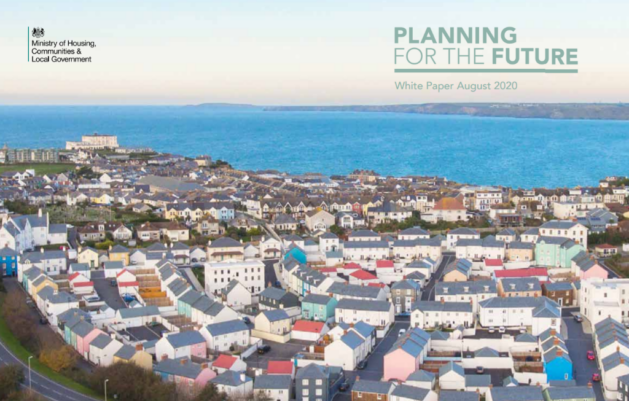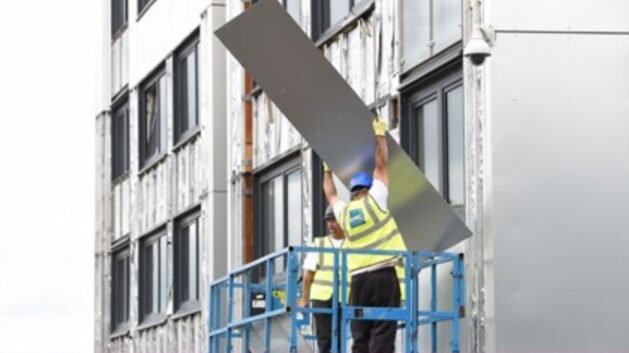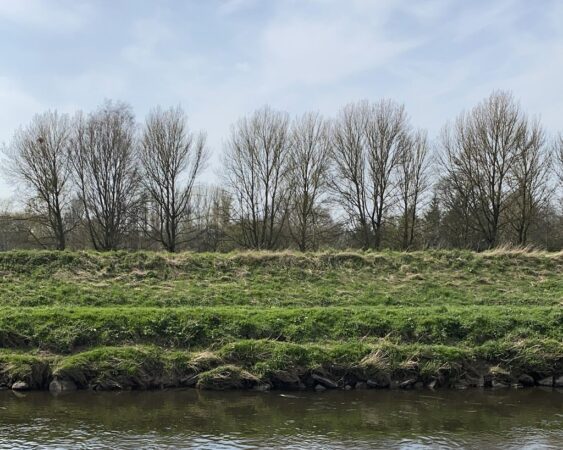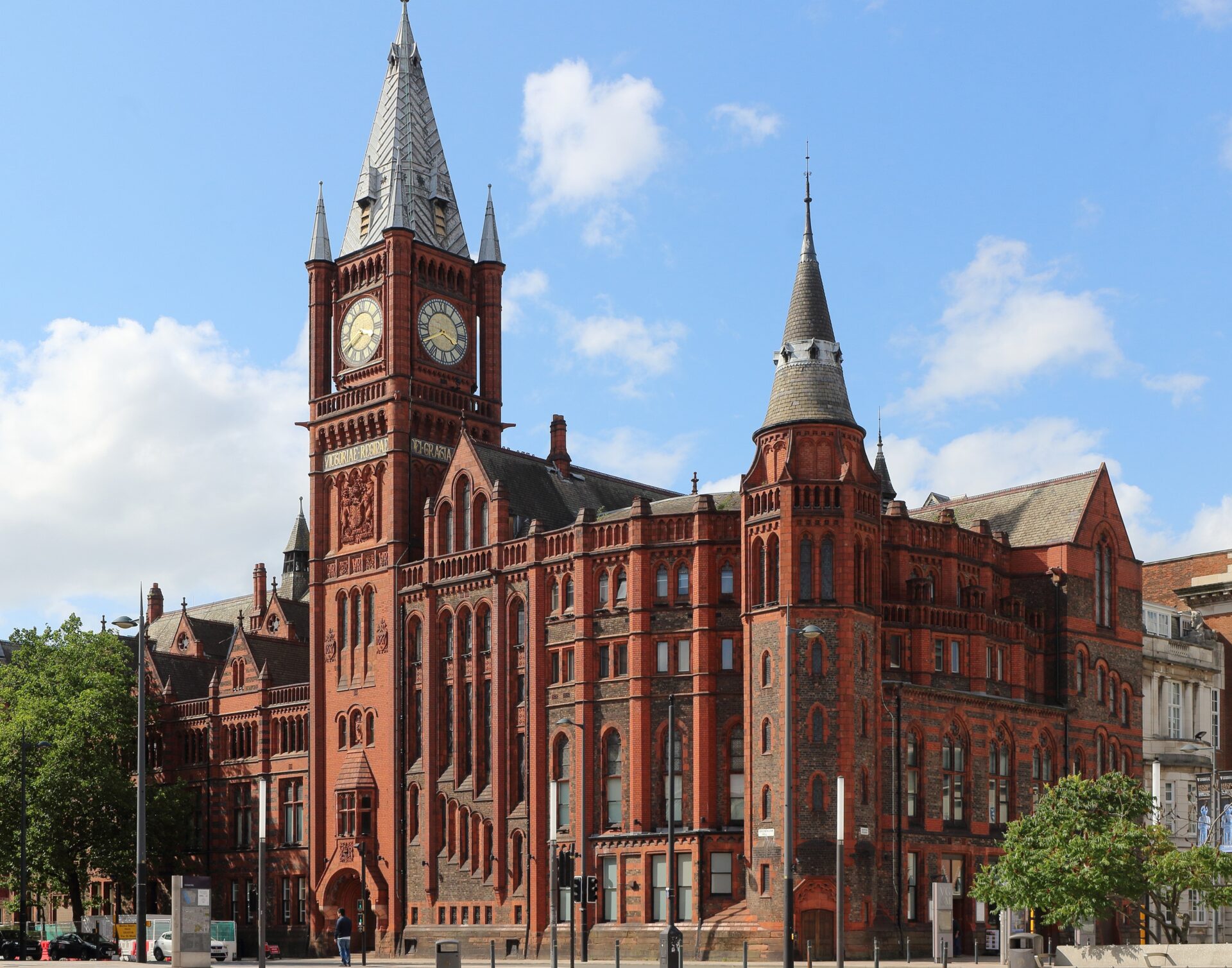IN FOCUS | Queen highlights planning and cladding reforms
Draft legislation to simplify the planning system, clarify building safety rules and compel developers to create biodiversity action plans were pushed into the foreground in today’s Queen’s Speech.
Planning Bill – a ‘roots-and-branch’ shake-up
The proposed planning legislation announced by the Queen today is based on communities secretary Robert Jenrick’s planning reform white paper published last year. It is expected to be brought before parliament in the autumn and aims to speed up economic growth by relaxing planning rules and making it easier to bring forward new development.
Labelled by Prime Minister Boris Johnson as a “roots-and-branch” shake-up of the national planning system, the new bill aims to “level the foundations” of planning and create a new, more streamlined process. The key strands of the controversial proposals that would be enshrined in law including scrapping Section 106 agreements and requiring local authorities to zone parcels of land for either ‘growth’, ‘renewal’ or ‘protection’:
Growth areas – such a designation would automatically grant outline planning permission for developers looking to build there
Renewal areas – the designation would introduce approval in the form of an in-principle/development order
Protection areas – development would continue to be subject to full planning control by local authorities and developers would have to submit applications to build there
The reforms would also incorporate a proposed new design code aimed at improving the architectural and landscaping standards of new developments to improve wellbeing and quality of life. The white paper also proposed that local plans should have a more practical role rather than being solely policy-based. For example, they should define how development proposals should be assessed and approved based on certain criteria.
A consultation on the white paper last year garnered 40,000 responses from the public, which officials are still digesting before finalising the details of the bill that will go before parliament later this year.
Building Safety Bill – deepening post-Grenfell action
The Queen reiterated the Government’s intention to adopt a Building Safety Bill almost four years after the Grenfell tragedy, in which 72 residents died in a fire that ripped through a tower block in West London.
Building safety reforms have been promised since 2018 when a review led by Dame Judith Hackitt found that the current regulatory system for high-rise and complex buildings was not “fit for purpose”. In particular, building materials such as those that had been used to clad the exterior of the Grenfell tower were deemed to be unsafe as they do not prevent the spread of fire and instead contribute to it.
A building safety bill was mentioned in the Queen’s Speech in 2019, but two years on the legislation has yet to be finalised and passed. A draft bill was published last July and proposed a raft of changes including:
- providing clearer accountability and stronger duties for those responsible for the safety of high-rise buildings
- giving residents a “stronger voice in the system”, ensuring concerns are not ignored and encouraging residents’ involvement in maintaining building safety
- strengthening enforcement and sanctions to deter non-compliance with the new regime
- developing a framework to provide national oversight of construction products and a system to oversee the whole built environment.
However, in November, the Housing, Communities and Local Government Committee published a report arguing that, while it believed the bill could improve building safety, it had concerns over some of its provisions and the “lack of detail on key parts of the [proposed] new regime”.
The Government, which has yet to respond to the committee’s findings, has been criticised for acting too slowly to make high-rise buildings safer and for not investing enough money to fix the liability problems facing leaseholders living in buildings with dangerous cladding.
The cost of remediating all unsafe buildings over 18 metres across the country is estimated to be around £15bn, but so far, Whitehall has only pledged a third of that and funds are often hard to access.
Having initially ringfenced £1.5bn for the removal of unsafe cladding, in February Whitehall announced it would pledge another £3.5bn to tackle the problem.
However, those who live in unsafe buildings below 18 metres do not qualify for Government-funded cladding remediation and instead have to take out loans to pay for the work, with repayments capped at £50 a month.
Giles Grover, a member of the Manchester Cladiators, a group set up to lobby Government for building safety reform, told Place North West the Government had “buried its head in the sand” on the issue of remediating buildings smaller than 18 metres.
Environment Bill – tackling climate change
Charges on single-use plastics such as a tax on plastic bags; the creation of a dedicated and independent Office for Environmental Protection that can take the Government to court, and new powers for councils to tackle air pollution are among proposals contained in the draft Environment Bill awaiting its passage through parliament.
Campaigners have already criticised the Government for delays in finalising and ratifying the legislation, particularly after Whitehall decided to postpone the bill after it was debated in the House of Commons in January. The first edition of the bill was published in July 2018.
The draft bill aims to improve air and water quality, tackle plastic pollution, restore wildlife and protect the climate. Crucially for the property industry, the bill stipulates what steps developers must take to minimise the impact of new development on natural habitats, by requiring them to put together a biodiversity ‘gain plan’. A development project would not be able to commence until the local authority had approved that biodiversity gain plan.








Several hundred thousand homes up and down the country have planning permission but have not been built. This suggests that it is the post-planning process, not the planning process, that is restricting the number of new homes being built. Relaxing planning rules will only lead to more shoddy developments which we’ll come to regret in decades to come.
By Anonymous
Simplifying the planning system is a good thing. But reducing the checks and balances it puts in place to ensure we get truly sustainable development is not. You only have to look back at the damage done by the approach to out of centre retail development in the late ’80s – early ’90s to see what (long-term) harm can be caused by being too relaxed. At best this will realise a few hundred thousand more homes – what it won’t do is anything to address the true cause of the problem which relates to land supply and value. Funny that the Government mention the system having its roots in 1947 – the 1947 Act was the last time anyone tried to address the land value issue properly and the relevant clauses were subsequently repealed when there was a change to a Tory government.
By Gethin
The cladding scandal is unforgiveable. I did not vote Conservative for the first time in 3 elections due to their incompetence.
By Observer